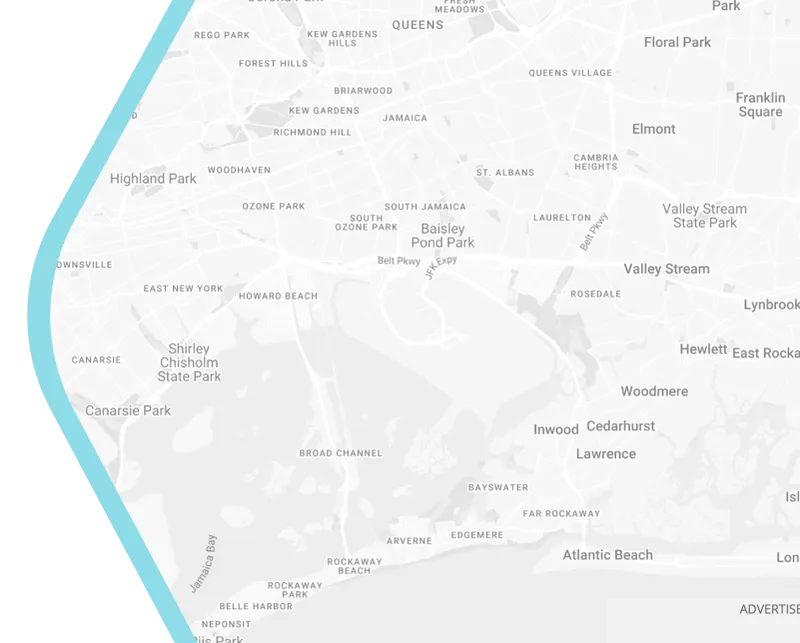
The Urbanization Challenge Facing Australian Cities
By 2050, Australia’s urban population is projected to swell by 11.8 million. Cities like Sydney and Melbourne, already grappling with housing shortages and congested infrastructure, face a critical question: How do we build cities that bend without breaking? Traditional urban planning—slow, rigid, and resource-intensive—struggles to keep pace. Enter modular urban design, a smart city solution that reimagines cities as dynamic, adaptable ecosystems.
Modular Urban Design – Flexibility Meets Innovation
Modular urban design isn’t just about prefabricated buildings. It’s a philosophy that treats cities as interconnected systems of reusable, scalable components. Imagine neighborhoods where housing blocks, energy grids, and public spaces can expand, shrink, or reconfigure as populations shift. In Darwin, heat-resilient modular materials combat extreme climates. In Brisbane, interchangeable housing units ease affordability crises. This approach prioritizes three principles: scalability, sustainability, and seamless tech integration.
How Modular Design Shapes Australia’s Smart Cities
Australia’s urban planners are embracing modular design to solve two pressing challenges: speed and adaptability. Take Melbourne’s Fishermans Bend, once an industrial zone now reborn as a modular housing hub. By manufacturing units off-site, developers slashed construction timelines by 40%, delivering homes faster for the city’s booming population. Meanwhile, Sydney’s Green Square proves modularity isn’t limited to housing. Its modular wastewater systems scale alongside demand, while embedded IoT sensors predict maintenance needs—preventing costly overflows before they happen.
But modular design isn’t just about efficiency. In Adelaide’s Tonsley Innovation District, retired factory modules were repurposed into tech incubators and community spaces, embodying the circular economy. As one urban director notes, “Modularity turns buildings into legos—reusable assets, not landfill waste.”
Australia’s Modular Success Stories
From Perth to Newcastle, modular innovation is rewriting urban playbooks. Perth’s East Village, a 100% modular suburb, pairs solar-paneled rooftops with shared autonomous vehicle hubs, proving sustainability and tech can coexist. In Brisbane, vertical modular schools rise swiftly to ease overcrowding, their smart classrooms equipped with AI-driven climate control.
Regional cities are leading too. After devastating floods, Newcastle deployed modular homes in weeks, not years—each unit designed for quick disassembly and redeployment. These projects aren’t just experiments; they’re blueprints for a nation where 85% of residents already live in urban areas.
Breaking Myths and Barriers
Critics argue modular design sacrifices aesthetics for speed. Yet Melbourne’s Nightingale Village, with its timber-clad, mixed-use modules, blends artistry with affordability. Others cite high upfront costs, but studies show modular projects save 20-30% long-term through energy efficiency and adaptive reuse.
The real hurdle? Policy. Australia’s building codes, crafted for traditional construction, often lag behind modular innovation. Advocacy grows for reforms that incentivize prefabrication and tech-integrated designs—a shift already gaining traction in Victoria’s 2024 Smart Planning Initiative.
The Road Ahead – Smarter, More Responsive Cities
The future of Australian cities lies in AI-driven modular systems. Imagine algorithms optimizing building layouts for energy efficiency or 3D printers crafting flood-resistant modules in hours. Western Australia is already piloting this with Fremantle’s first 3D-printed housing project.
For planners and developers, the call is clear: pilot modular zones in urban renewal projects, partner with tech firms to embed IoT into designs, and champion policies that reward flexibility. As Brisbane architect Lina Patel observes, “Cities can’t be static museums. They must evolve with the people who breathe life into them.”
Conclusion – Building Cities That Learn and Adapt
Modular urban design isn’t a fleeting trend—it’s Australia’s answer to the chaos of rapid growth. By embracing flexibility, sustainability, and technology, cities can thrive amidst climate threats and population surges. In the words of a Sydney planner, “The best cities aren’t built; they’re grown, module by module.”
